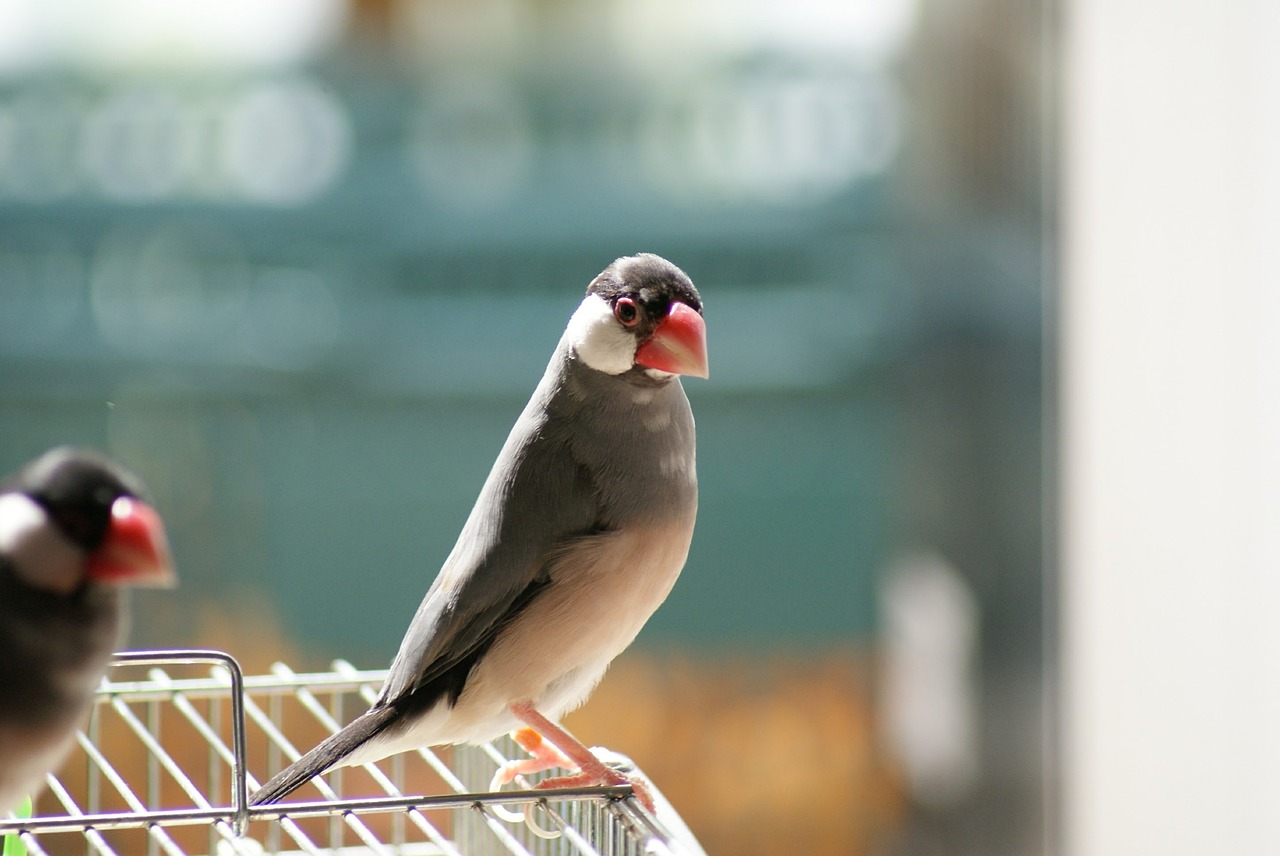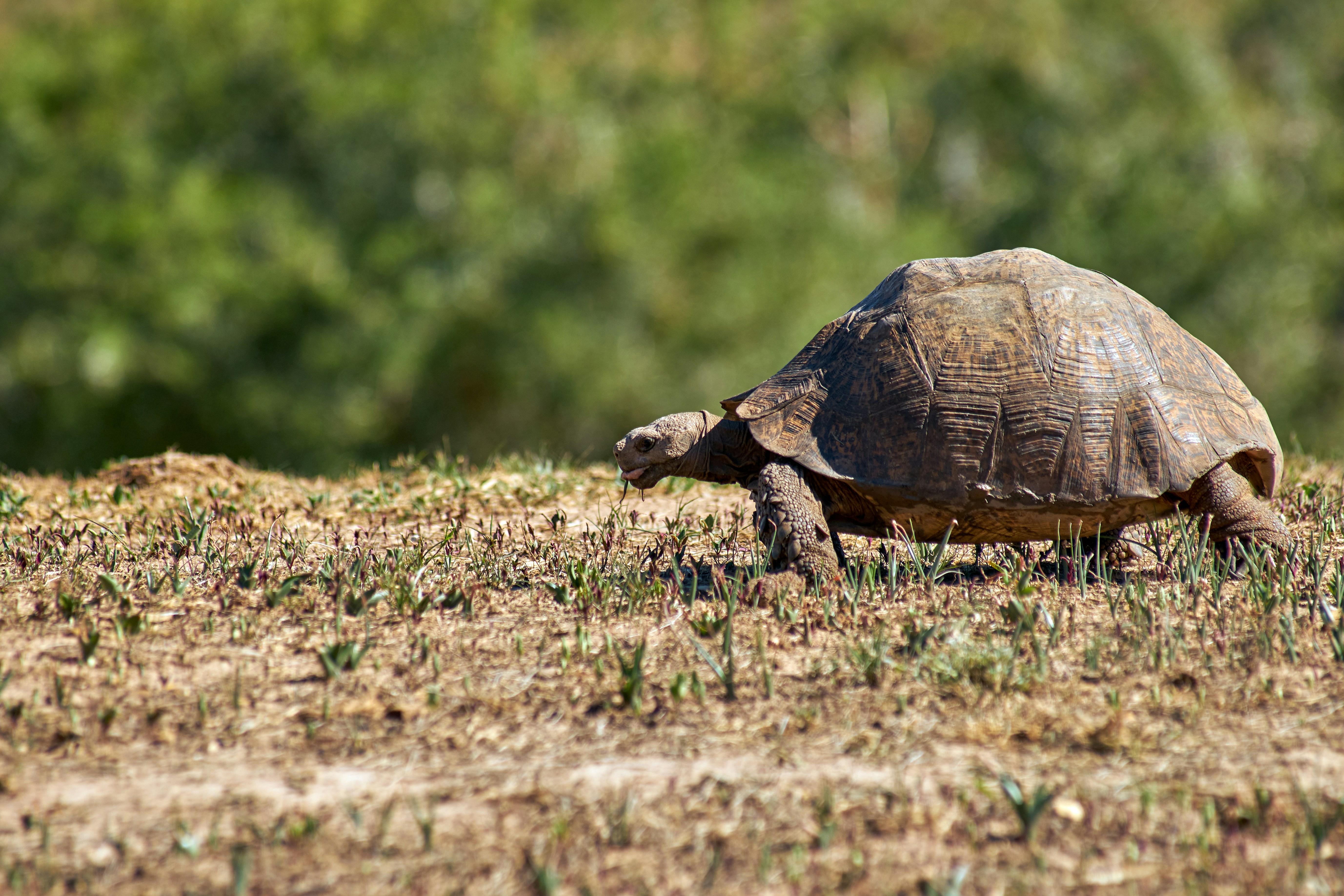How to keep turtles. 5 things you need to do to keep turtles indoors.

Turtles are pets that require special care, but with the right environment and attention, they can be kept healthy indoors.
Below are some basic tips for keeping turtles indoors
Prepare appropriate aquariums and cages!
Preparing an appropriate cage or aquarium is one of the most important aspects of keeping tortoises indoors.
Below are some basic guidelines for preparing an appropriate cage or aquarium for your turtle species.
- Size and Shape: The size of the aquarium or cage should be appropriate for the species and size of the tortoise. As they grow, tortoises require more space, so it is important to choose a size that accounts for their growth. In general, tortoises need ample space to move around.
- For aquatic turtles: Aquatic turtles require an aquarium. The tank should be deep and large enough for the turtle to swim in. It should also have a land area (a place for the turtle to rest and sunbathe).
- For land tortoises: Land tortoises require a cage that provides a dry environment. The bottom material of the cage should be chosen to be suitable for the turtle to dig and hide.。
- Lighting and Temperature: Turtles are sensitive to temperature and light. It is important to provide an aquarium heater to maintain proper water temperature, especially for aquatic tortoises. It is also important to provide UVB lighting so that the tortoise can synthesize vitamin D.
- Filters and Water Quality Control: An effective aquarium filter is necessary to maintain a clean environment in the aquarium. This will keep the water clean and protect the health of the turtles.
Let’s control water quality.
Water quality management is very important, especially when keeping aquatic turtles. Maintaining proper water quality will protect the health of your turtles and reduce the risk of disease. Below is a summary of the main essentials of water quality management.
- Water changes: aquarium water should be changed regularly. Ideally, every day, but it is recommended that all water be changed at least once every three days.
- Use of Filters: Filters are important for keeping the water in the aquarium clean. A proper filter will remove impurities and toxins from the water and maintain water quality.
- Water quality testing: It is important to test water quality regularly: check pH levels, ammonia, nitrite and nitrate levels, etc. and adjust as needed.
- Maintain proper water temperature: Water temperature affects the health of tortoises. Although it varies by species, it is generally advisable to keep the temperature between 22 and 28 degrees Celsius.
- Use of dealkalizer: Since chalk in tap water can be harmful to turtles, it is recommended that the water be treated with dealkalizer.
- Monitor water contamination: If the water in the tank is cloudy or has a strange odor, the water quality may be deteriorating. Watch for these signs and change the water or clean the filter as needed.
Water quality control is an essential element in maintaining turtle health. It is especially important to pay attention to these essentials and perform regular maintenance when keeping aquatic turtles
Water temperature control is also important!
Water temperature management is very important in aquatic turtle husbandry. Here are some basic guidelines for managing water temperature in aquatic turtles.
- Maintain appropriate water temperature: The ideal water temperature for aquatic turtles varies by species, but is generally considered to be in the range of 22°C to 28°C (72°F to 86°F). Maintaining an appropriate water temperature supports turtle health and reduces the risk of disease.
- Equipment to regulate water temperature: It is important to use aquarium heaters and thermostats to maintain a constant water temperature. These devices automatically regulate the water temperature to keep it within a comfortable range for the tortoise.
- Regular water temperature checks: It is important to regularly check the water temperature in the aquarium and adjust it if necessary. Particular attention should be paid to seasonal changes and large fluctuations in temperature, as water temperatures are also prone to fluctuations.
- Winter Measures: Because room temperatures drop during the winter months, additional measures may be necessary to maintain proper water temperatures. For example, heaters may be powered up or insulation may be used.
- Preventing sudden changes in water temperature: Sudden changes in water temperature can cause stress and damage the health of turtles. Particular care should be taken when adding new water to the tank to ensure that the water temperature does not differ significantly from the current water temperature.
How to feed
There are several important points to consider when feeding tortoises. Understanding and properly implementing these points will help keep your tortoise healthy and support longevity.
- Type of food: The main basic food for tortoises is commercial tortoise food. These foods contain a good balance of nutrients necessary for tortoises. Depending on the species, vegetables, fruits, raw meat, and insects may also be given in appropriate quantities.
- Amount of food: Excessive feeding can cause obesity and health problems. The amount of food should be adjusted according to the species, age, and size of the tortoise. A general guideline is the amount a tortoise can eat in 5 to 10 minutes.
- Feeding frequency: Adult tortoises are generally fed daily or every two days, while juveniles are in a growth phase and require daily feeding. Adjust feeding frequency according to age and growth.。
- Calcium and vitamin supplementation: Calcium is important for the health of the turtle’s skeleton and shell. Adding calcium supplements and supporting vitamin D synthesis through ultraviolet light exposure are also important.
- Impact on water quality:For aquatic turtles, food debris can cause water quality to deteriorate. After feeding, remove leftover food, and pay attention to water quality control.
- Special Needs:Some turtle species may require special feeding and nutritional needs. It is important to research the turtle species thoroughly and provide special care as needed.
When feeding tortoises, it is important to consider the proper amount and balance of food and to make the health and welfare of the tortoise a top priority. It is also important to pay attention to changes in the tortoise’s appetite and physical condition, along with regular health checks.
Know how to keep turtles according to their characteristics
Different species of tortoises have different characteristics and needs, and therefore, different husbandry methods should be employed for each species. Below are some general turtle characteristics and key points for keeping turtles based on these characteristics.
- Differences between aquatic and terrestrial turtles:
- Aquatic turtles live primarily in the water and need space to swim. The aquarium should have both water and land areas.
- Land tortoises prefer a dry environment and should be provided with ample land in their cages.
- Type of food:
- Aquatic turtles prefer fish, insects, and commercial turtle food.
- Land tortoises are predominantly herbivorous, eating vegetables, fruits, and certain grasses.
- environmental condition:
- Aquatic turtles need proper water temperature and clean water. Water quality and temperature control are important.
- Land tortoises need an appropriate humidity and warm environment. Lighting and temperature control are critical.
- Need for sunbathing:
- Turtles need vitamin D synthesis by ultraviolet B waves. Both aquatic and land tortoises require adequate sun exposure or illumination with UVB light.
- activity pattern:
- Some turtle species are nocturnal or diurnal. Lighting and feeding should be adjusted accordingly.
- Special Needs:
- Some tortoises may require hibernation in certain temperature ranges.
- Resistance to disease and specific health issues need attention.
Adopting husbandry practices that are tailored to the different characteristics of each tortoise species will help provide a healthy and comfortable environment for your tortoise. When it comes to turtle husbandry, expert advice and in-depth research can be very helpful.
Summary
What do you think? Although turtles are not particularly difficult pets to keep, there are a few things to keep in mind,
but there are some points to keep in mind. By knowing them beforehand, you will be able to keep them properly. Have a pleasant turtle life!






